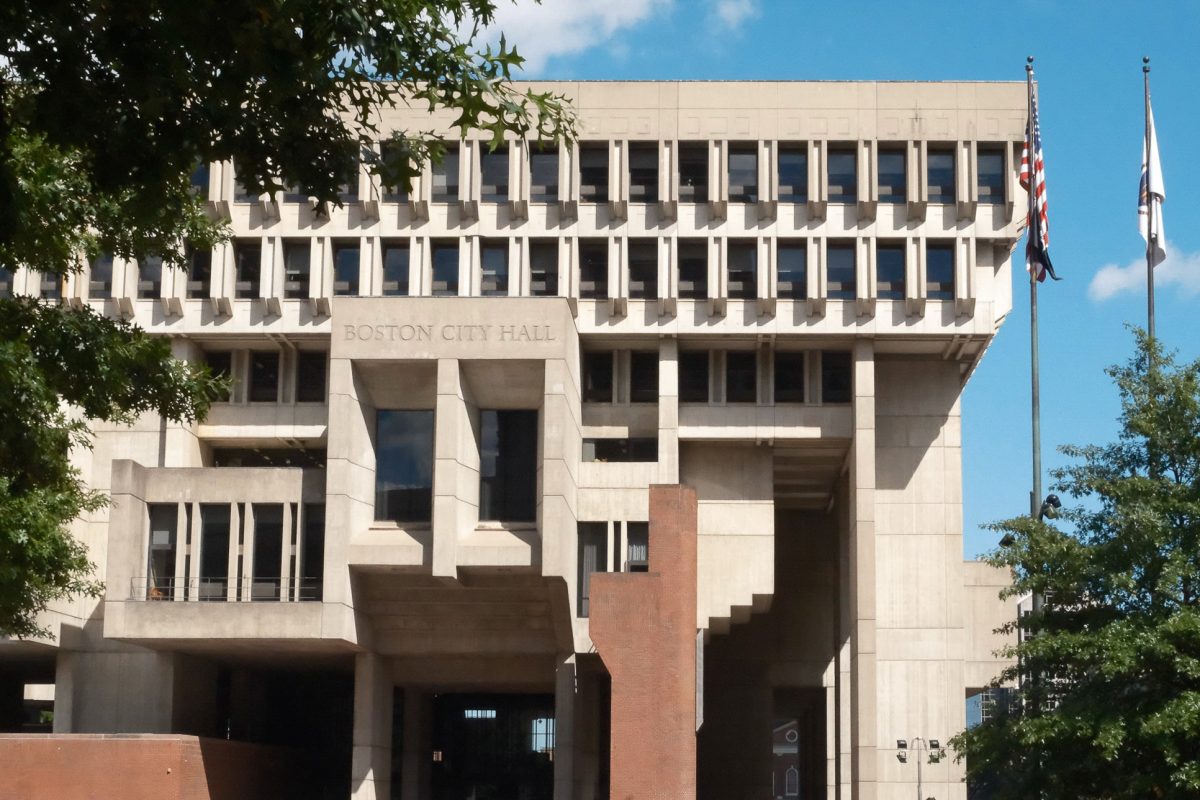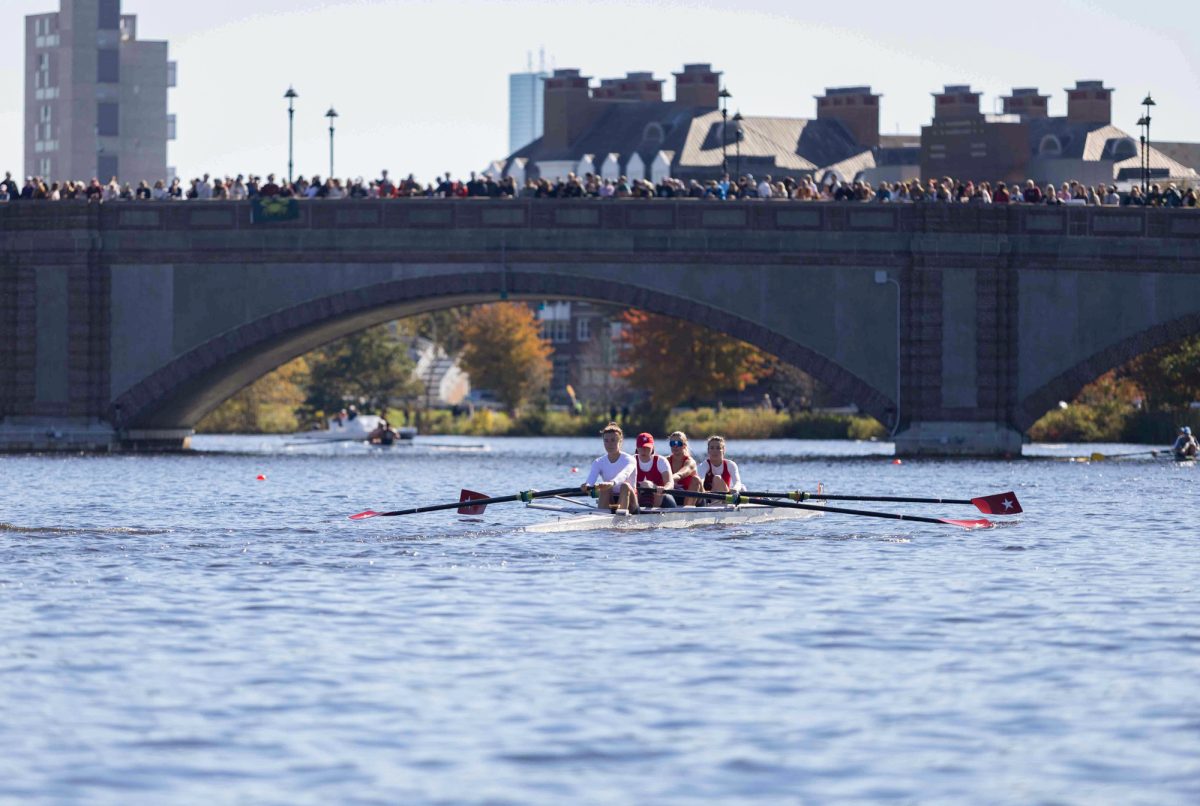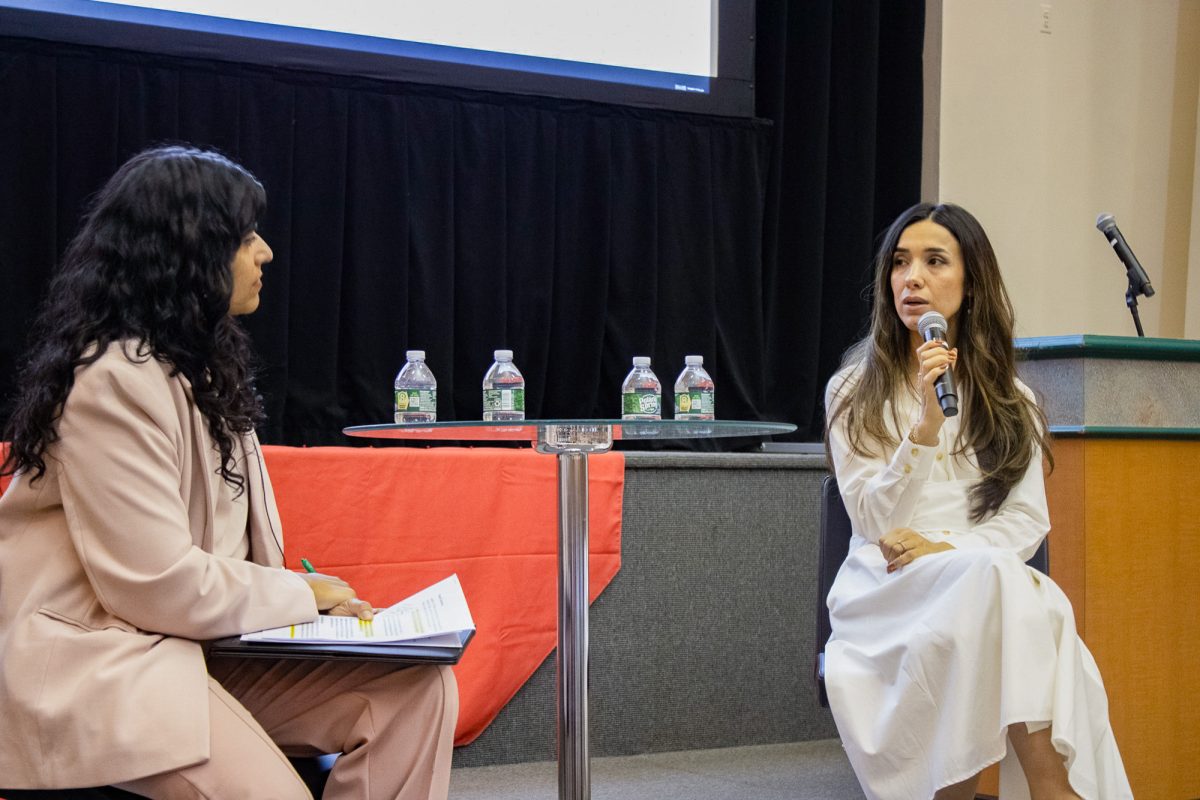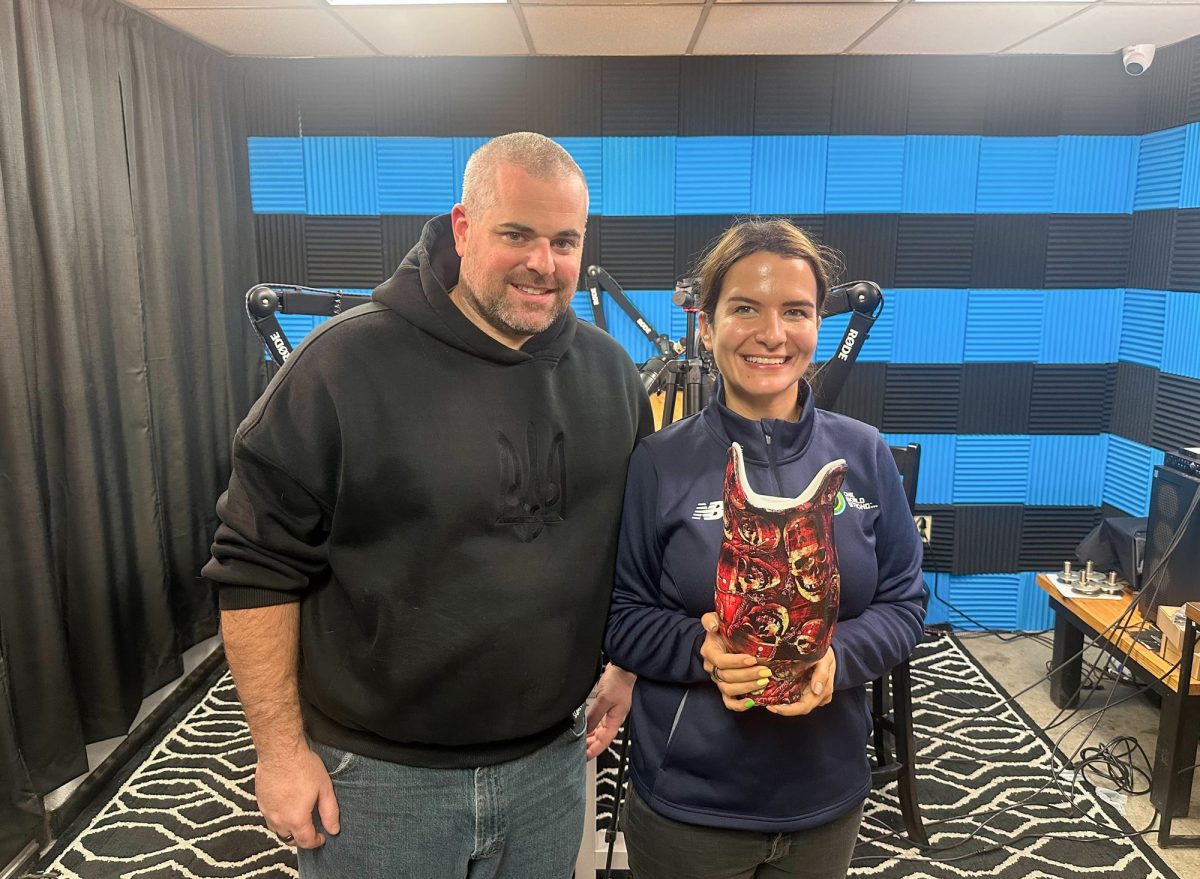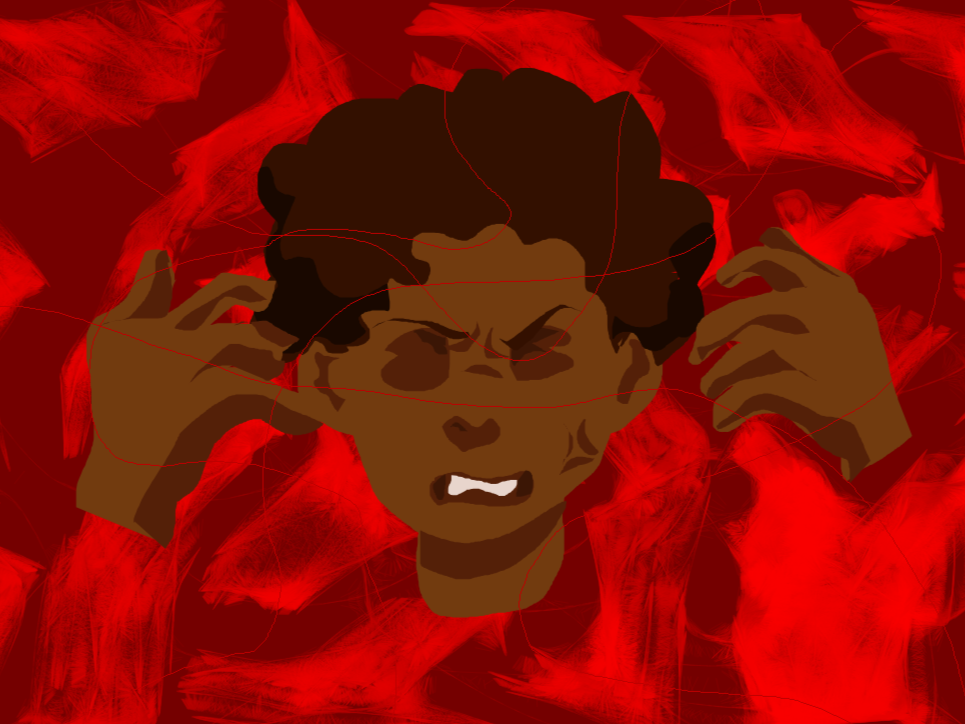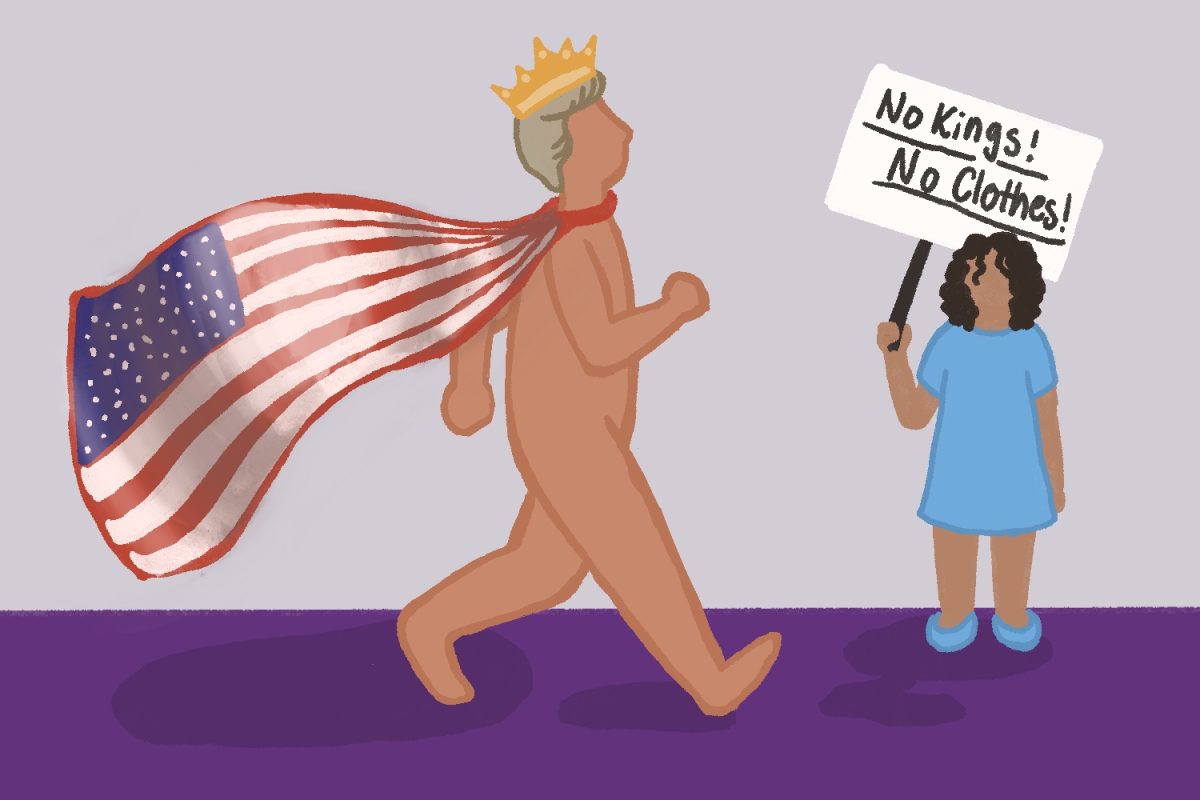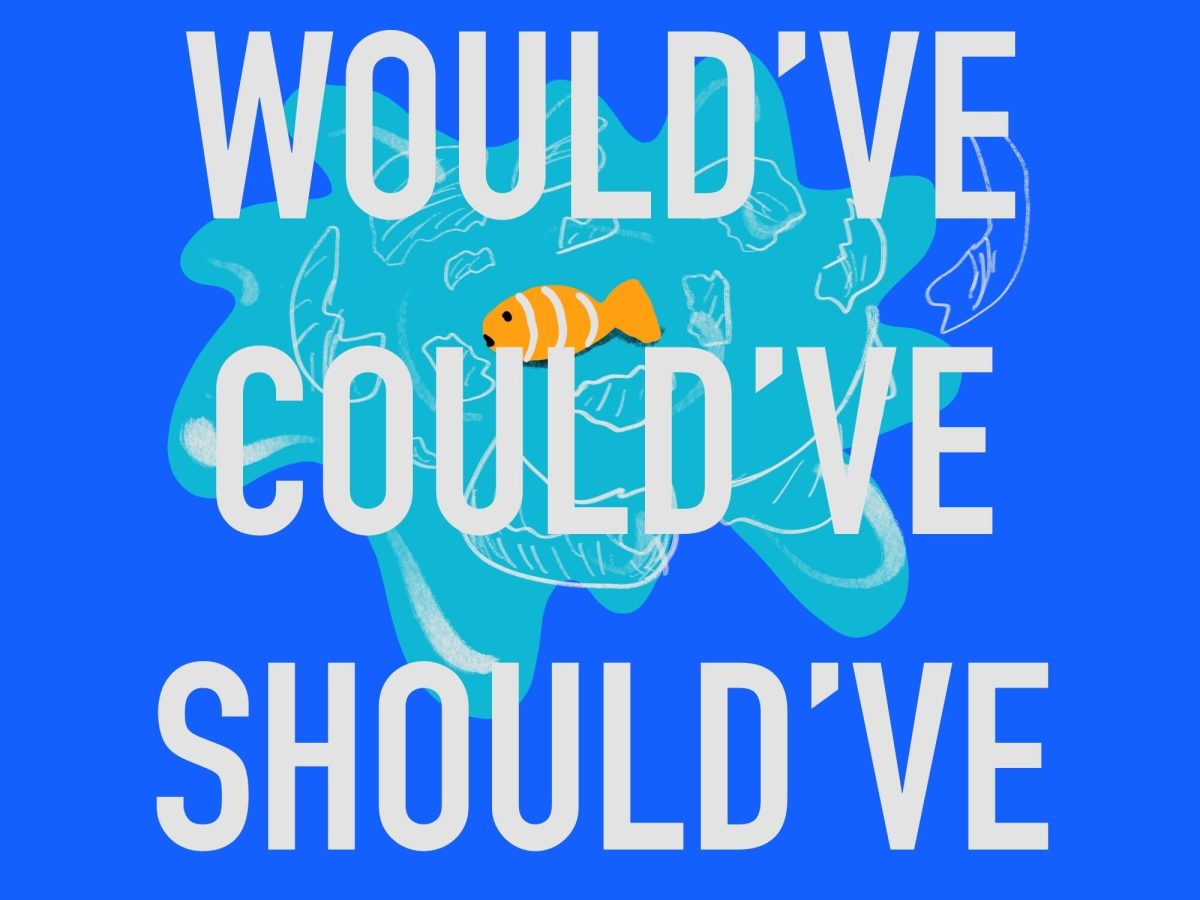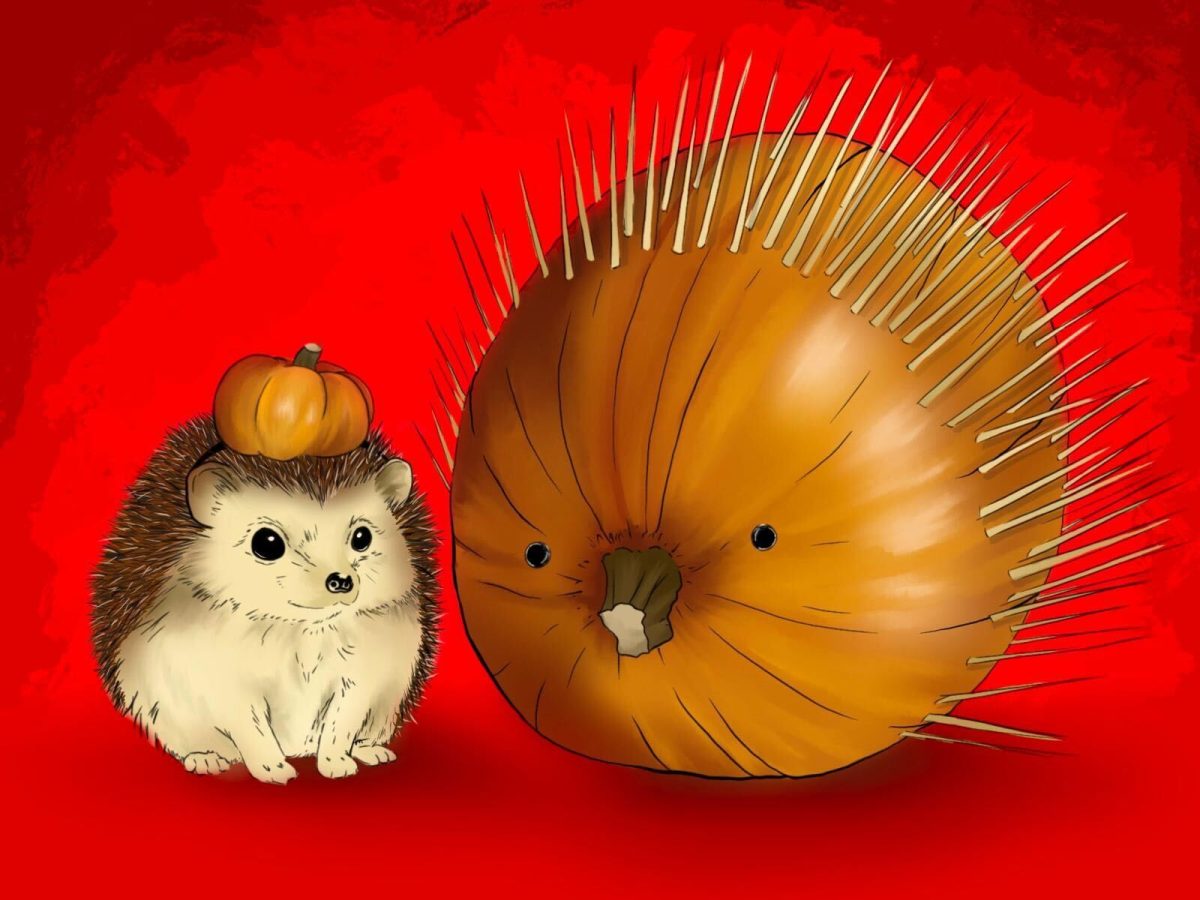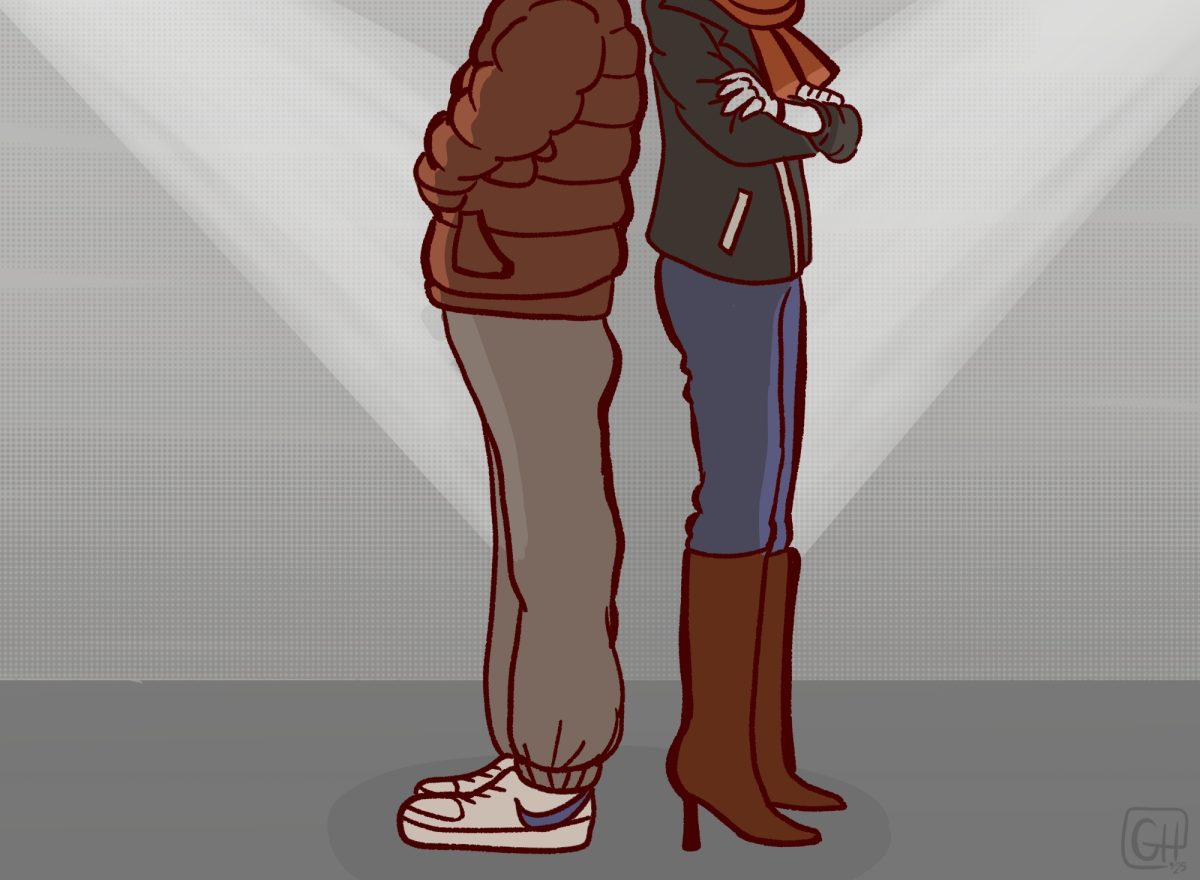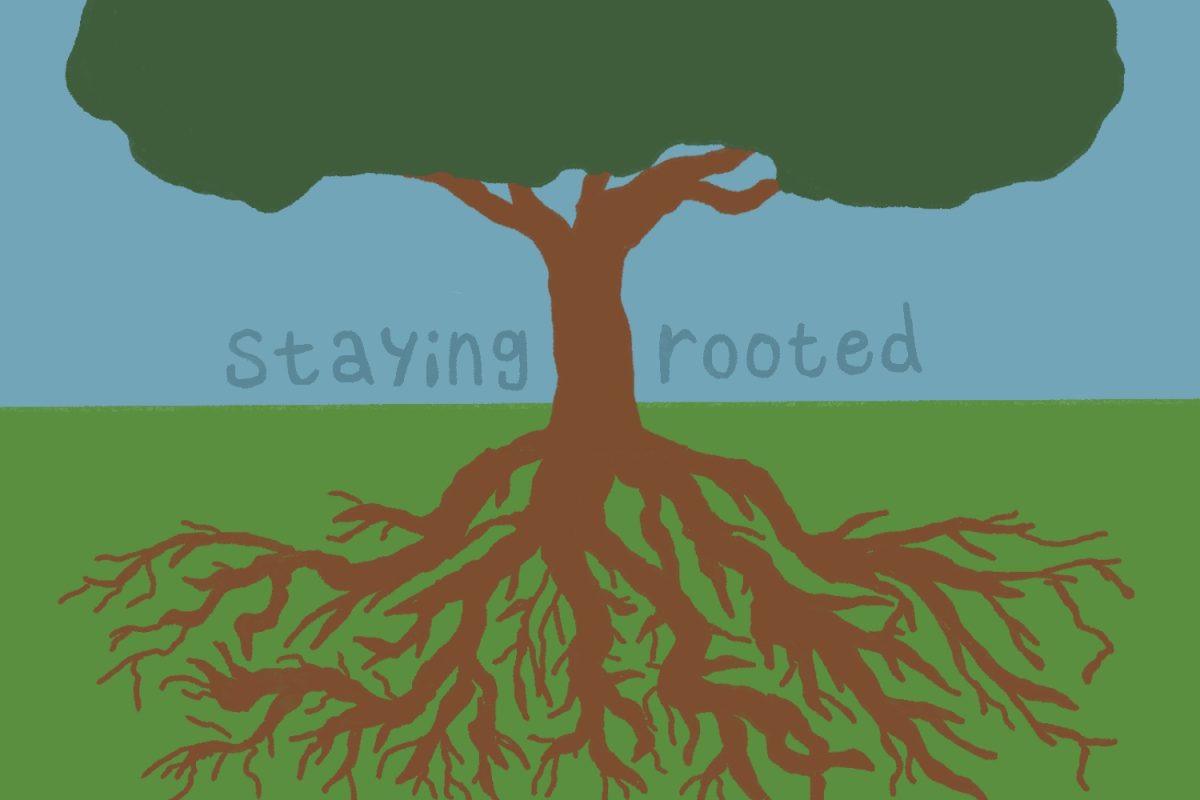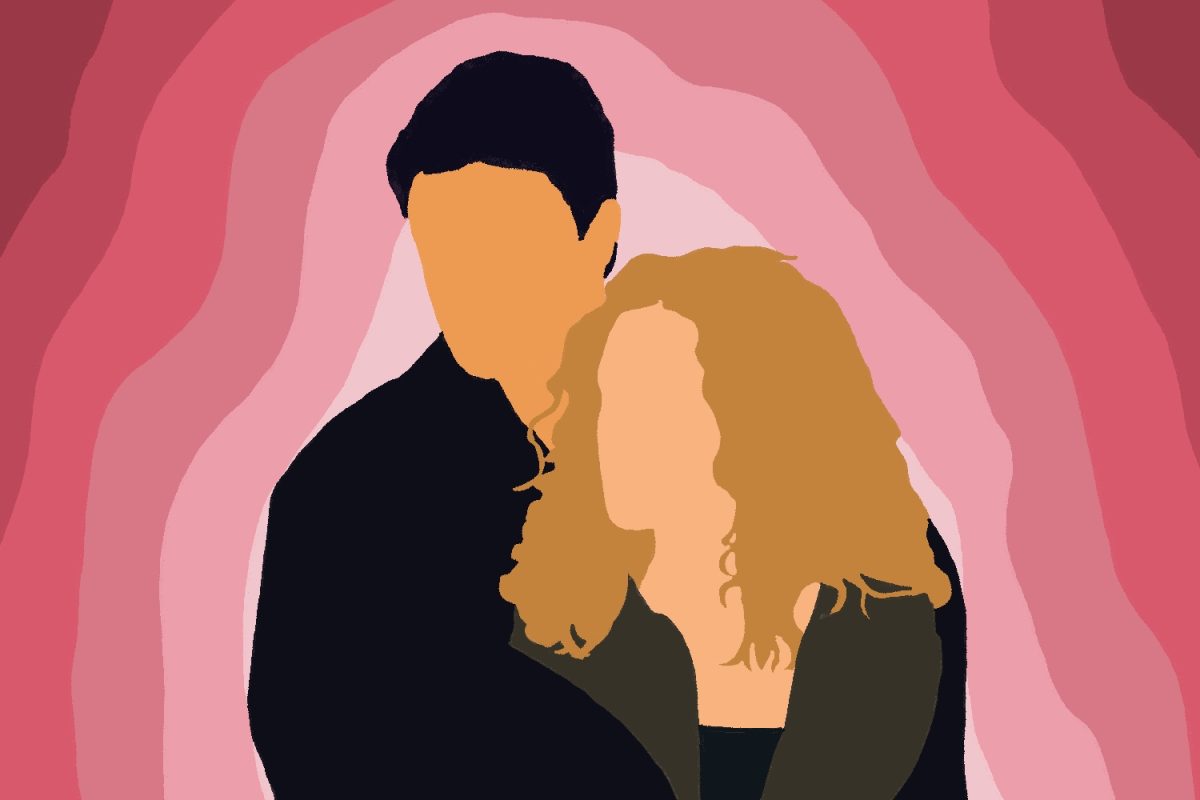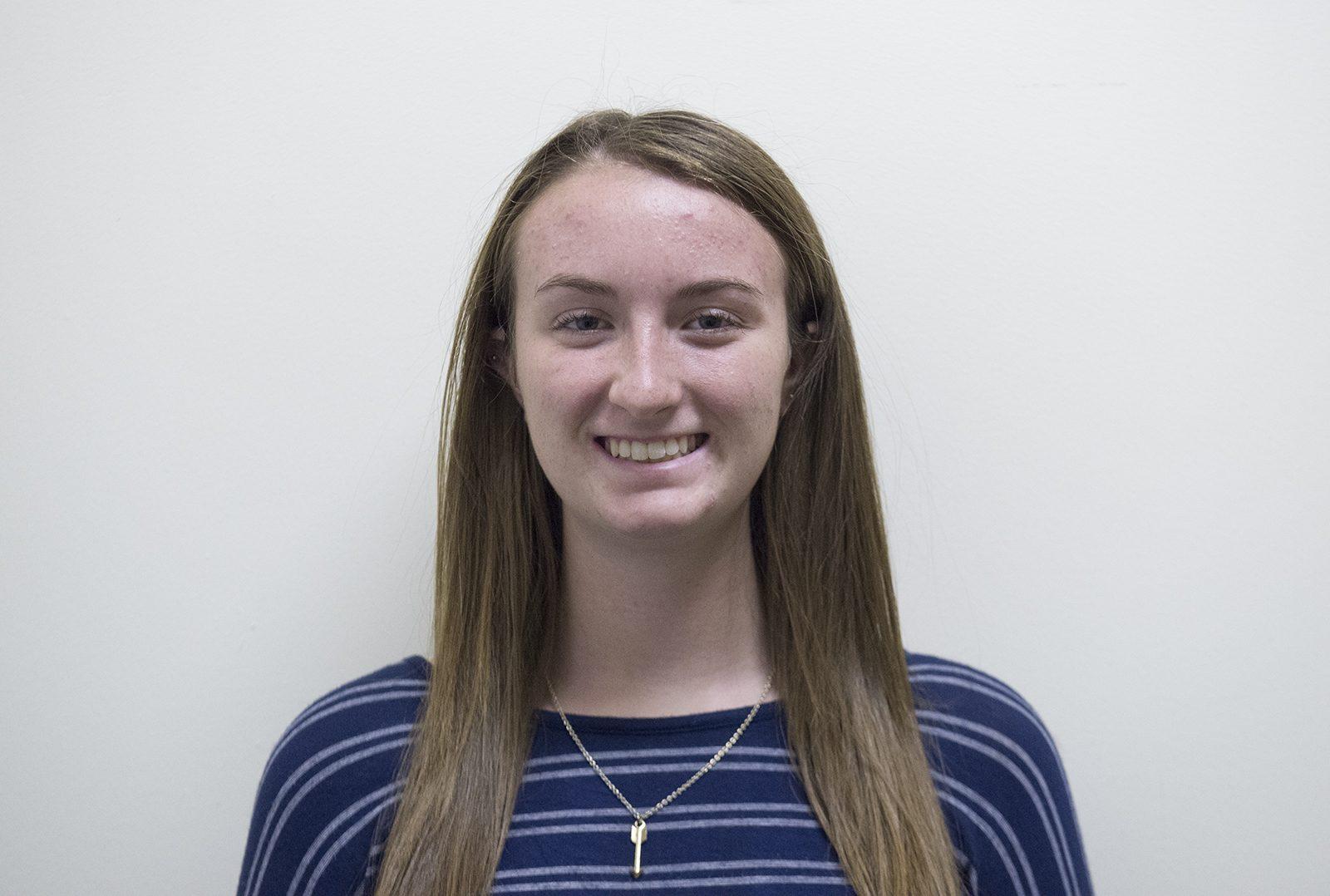Each year, the Victoria’s Secret Fashion Show airs on television, featuring women who display lingerie lines to the public. By many, it is considered the most popular fashion event of the year, with millions tuning in to watch. The event is not live; it is filmed and edited prior to airing. This Dec. 5 marked the airing of the annual show.
The concept of fashion shows and similar events that center on female beauty are, from an intersectional feminist perspective, enigmatic for a variety of reasons. Do these events empower women? Or do they perpetuate the archaic concept that women ought to be valued, above all other characteristics, for their looks? Personally, I find myself understanding the arguments of both the proponents and the opponents of fashion shows and pageants.
First, there is the issue of representation. While the Victoria’s Secret show has made efforts to diversify its “Angels,” or models, many argue that there is still vast room for improvement. The models are predominantly white. It would certainly be nice to see models of all the different ethnic backgrounds that make up America take the stage. Featuring mainly white models promotes the concept that Eurocentric beauty is superior and should be strived for, while featuring a diverse cast of models would instead remind viewers that beauty occurs along a spectrum.
There are countless groups who are underrepresented by events like the Victoria’s Secret Fashion Show. No transgender women or women with disabilities have ever appeared on the runway. Featuring these women in the mainstream media would broaden America’s definition of beauty.
Furthermore, the Victoria’s Secret Fashion Show, like a great many other shows and pageants, lacks plus-sized models. In fact, the overwhelming majority of models today portray what many people consider to be unattainable and unrealistic body images. While there is nothing wrong with promoting health and fitness, we must remember that the average women in America is a size 16, a far cry from the extremely thin models that take center stage during major fashion events. In the modeling industry, “plus sized” is often defined as size eight and up, half the size of the average woman. Clearly, beauty industries believe that skinny is best. However, weight and stature ranges in women due to a combination of environmental and genetic factors, and a woman can lead a healthy lifestyle without being a size two, like so many models are.
Media representation is incredibly influential in its ability to either perpetuate or shatter stereotypes. With its ability to draw millions of viewers, the Victoria’s Secret show could use its power to redefine beauty, making it a more inclusive term. Because leaders in the industry often choose not to do this, instead maintaining the status quo of predominantly thin, white models, many intersectional feminists find themselves at odds with the concept of fashion shows.
Just as common, however, is the sentiment that events such as this one provide a platform for female empowerment. Women are able to take to the stage and flaunt revealing outfits with self-love and confidence. This is a social freedom that women have not always possessed, and the self-autonomy that these models display is a poignant symbol of freedom of expression.
While I agree it is important to express oneself freely and maintain high self-esteem regarding body image, I’m not certain that fashion shows and other events that emphasize beauty and dismiss other qualities are the best vessels to convey those messages. There is something a bit shallow about glamorizing physical appearance while dismissing other features. Women possess many traits that are not as widely celebrated. It would be excellent to see female leaders in athletics, business, academia and more receive as much publicity as the Victoria’s Secret Angels do each year, but currently, it appears that beauty still earns the best ratings.

